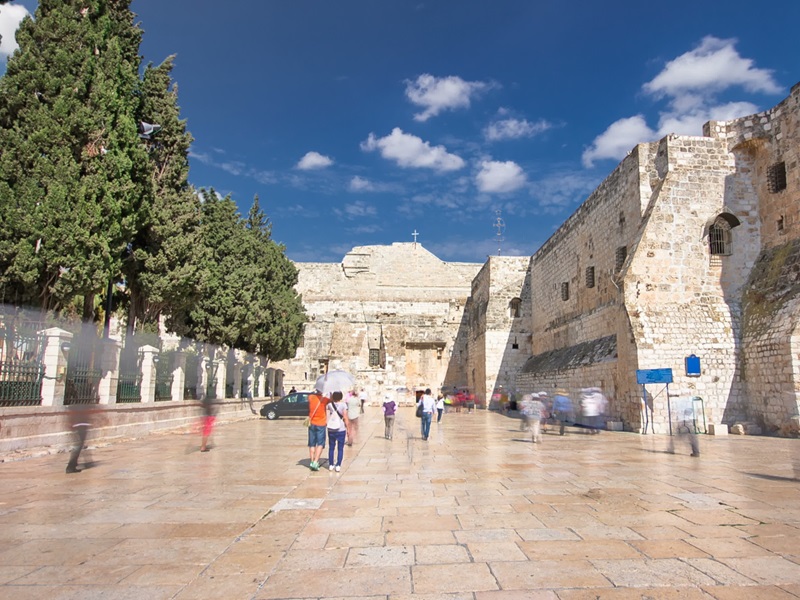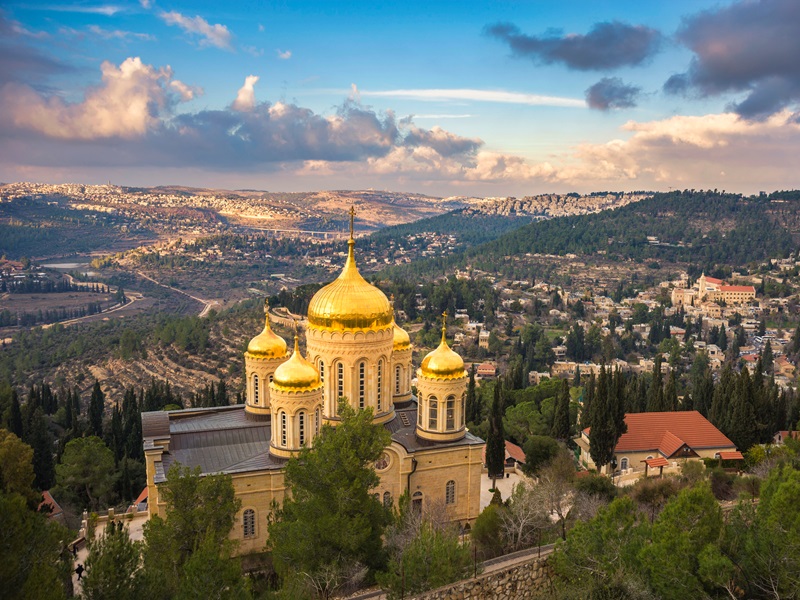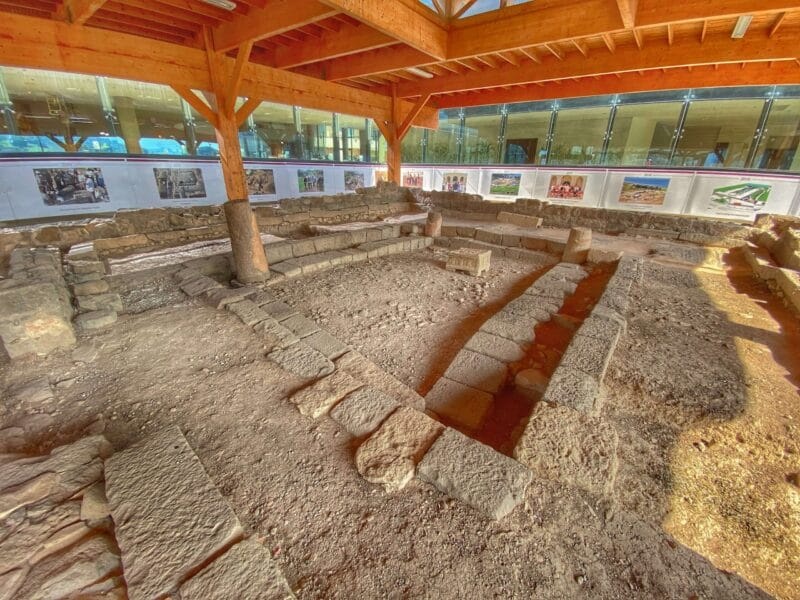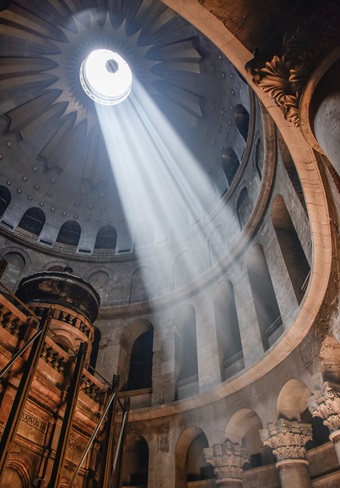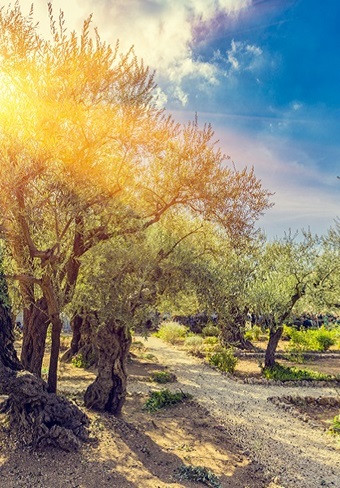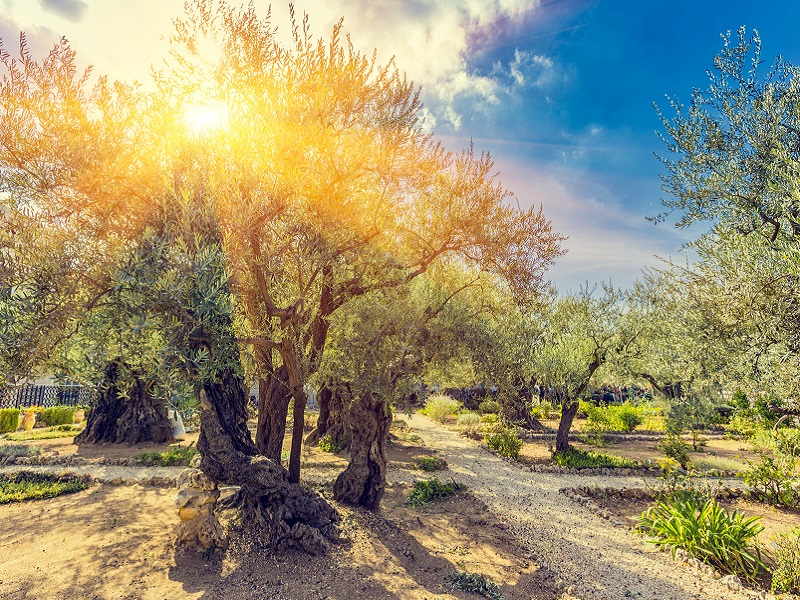The Via Dolorosa
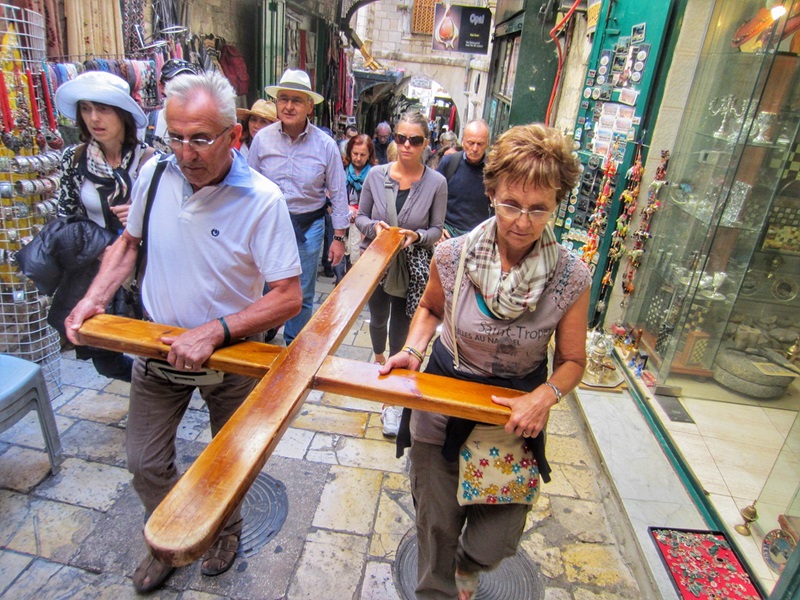
The Via Dolorosa, also known as the “stations of the Cross,” is a historic street and religious Christian pilgrimage route in the Old City of Jerusalem. Christian tradition maintains that following his trial this is the path Jesus took from his crucifixion site. The Via Dolorosa is marked by a series of 14 stations which correspond with events mentioned in the Gospels and Catholic traditions.
History of the Via Dolorosa
The foundation of the Via Dolorosa’s history lies in the New Testament. All the Gospels record the trial of Jesus, his condemnation to death, and his crucifixion at the Golgotha. They provide details of various events that occurred along this path, which eventually led to the development of the Stations of the Cross. Early Christians began to visit Jerusalem and retrace the steps of Jesus during the Byzantine period (4th-7th centuries). This tradition began to take shape in the medieval period, particularly during the Crusades. The exact number and locations of the stations varied over time, but the concept was to commemorate specific moments in Jesus’ journey to the crucifixion.
Touring the Via Dolorosa
 Today, the Via Dolorosa remains a significant pilgrimage site for Christians from around the world. The route begins at the Chapel of the Condemnation in the Muslim Quarter and proceeds through various narrow streets, alleys, and courtyards in the Old City, ending at the Church of the Holy Sepulchre. The final stations within the church commemorate the crucifixion, death, and burial of Jesus.
Today, the Via Dolorosa remains a significant pilgrimage site for Christians from around the world. The route begins at the Chapel of the Condemnation in the Muslim Quarter and proceeds through various narrow streets, alleys, and courtyards in the Old City, ending at the Church of the Holy Sepulchre. The final stations within the church commemorate the crucifixion, death, and burial of Jesus.
A tour of the Via Dolorosa can be combined in a day tour of Jeruslaem.
“The Via Dolorosa is profound representation of the Christian faith, connecting to the historical and spiritual events surrounding the crucifixion of Jesus.” (Danny “the Digger” Herman
